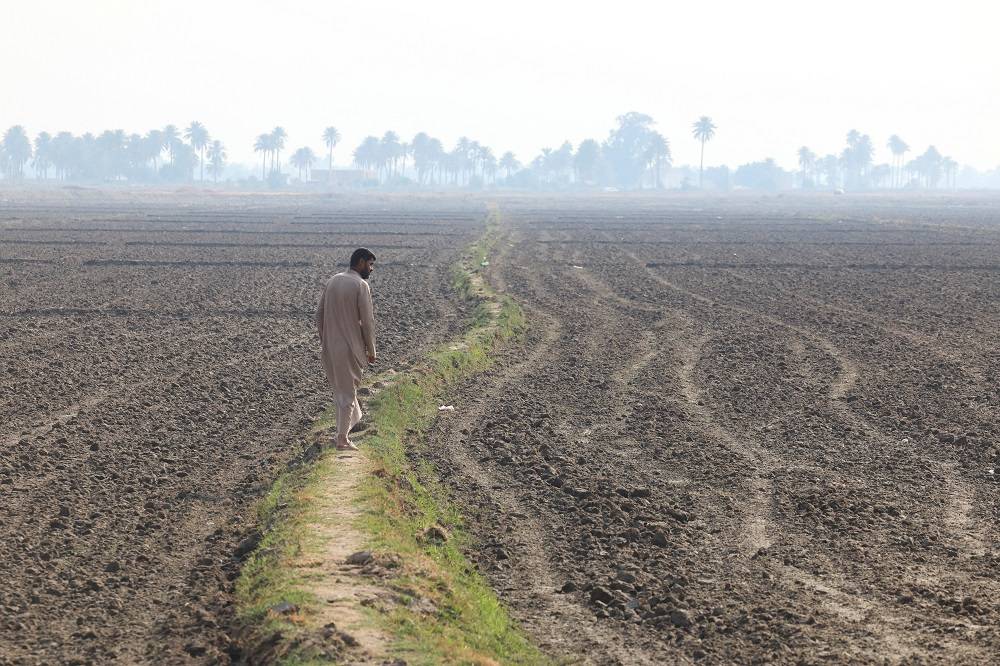Turkish President Recep Tayyip Erdogan dives Sunday into the final two-week stretch before a momentous election that has turned into a referendum on his two decades of divisive but transformative rule.
The 69-year-old leader looked fighting fit as he strutted back on stage after a three-day illness and tossed flowers to rapturous crowds at an Istanbul aviation fest on Saturday.
It was the perfect venue for reminding Turks of all they had gained since his Islamic-rooted party ended years of secular rule and launched an era of economic revival and military might.
He was flanked by the president of Azerbaijan and the Ankara-backed premier of Libya -- two countries where drones built by his son-in-law's company helped swing the outcome of wars.
Istanbul itself has become a modern and chaotic megalopolis that has nearly doubled in size since Erdogan came to power in 2003.
But hiding beneath the surface are a more recent economic crisis and fierce social divisions that have given the May 14 parliamentary and presidential polls a powder keg feel.
'Political coup attempt'
The nation of 85 million appears as splintered as ever about whether Erdogan has done more harm than good in the only Muslim-majority country of the NATO defense bloc.
Polls show him running neck-and-neck against secular opposition leader Kemal Kilicdaroglu and his alliance of six disparate parties.
The entry of two minor candidates means that Erdogan and Kilicdaroglu will likely face each other again in a runoff on May 28.
But some of Erdogan's more hawkish ministers are sounding warnings about Washington leading Western efforts to undermine Türkiye’s might through the polls.
Interior Minister Suleyman Soylu referred Friday to US President Joe Biden's 2019 suggestion that Washington should embolden the opposition "to take on and defeat Erdogan".
"July 15 was their actual coup attempt," Soylu said of a failed 2016 military putsch that Erdogan blamed on a US-based Muslim preacher.
"And May 14 is their political coup attempt."
Splintered society
Erdogan continues to be lionized across more conservative swathes of Türkiye for unshackling religious restrictions and bringing modern homes and jobs to millions of people through construction and state investment.
Türkiye is now filled with hospitals and interconnected with airports and highways that stimulate trade and give the vast country a more inclusive feel.
He empowered conservative women by enabling them to stay veiled in school and in civil service -- a right that did not exist in the secular state created from the Ottoman Empire's ashes in 1923.
And he won early support from Türkiye’s long-repressed Kurdish minority by seeking a political solution to their armed struggle for an independent state that has claimed tens of thousands of lives.
But his equally passionate detractors point to a more authoritarian streak that emerged with the violent clampdown on protests in 2013 -- and became even more apparent with sweeping purges he unleashed after the failed 2016 coup attempt.
Erdogan turned against the Kurds and jailed or stripped tens of thousands of people of their state jobs on oblique "terror" charges that sent chills through Turkish society.
His penchant for campaigning and gift for public speaking enabled him to keep winning at the polls.
But the current vote is turning into his toughest because of a huge economic crisis that erupted in late 2021.
Democratic traditions
Erdogan's biggest problems started when he decided to defy the rules of economics by slashing interest rates to fight inflation.
The lira lost more than half its value and inflation hit an eye-popping 85 percent since his experiment began.
Millions lost their savings and fell into deep debt.
Polls show the economy worrying Turks more than any other issue -- a point not lost on Kilicdaroglu.
The 74-year-old former civil servant pledges to restore economic order and bring in vast sums from Western investors who fled the chaos of Erdogan's more recent rule.
Kilicdaroglu's party will send out 300,000 monitors to Türkiye’s 50,000 polling stations to guarantee a fair outcome on election day.
Opposition security pointman Oguz Kaan Salici sounded certain about a smooth transition should Erdogan lose.
"Power will change hands the way it did in 2002," he said of the year Erdogan's party first won.
A Western diplomatic source pointed to Türkiye’s strong tradition of respecting election results.
Erdogan's own supporters turned against him when the Turkish leader tried to annul the opposition's victory in 2019 mayoral elections in Istanbul.
But the source observed a note of worry among Erdogan's rank and file.
"For the first time, (ruling party) deputies are openly evoking the possibility of defeat," the source said.










